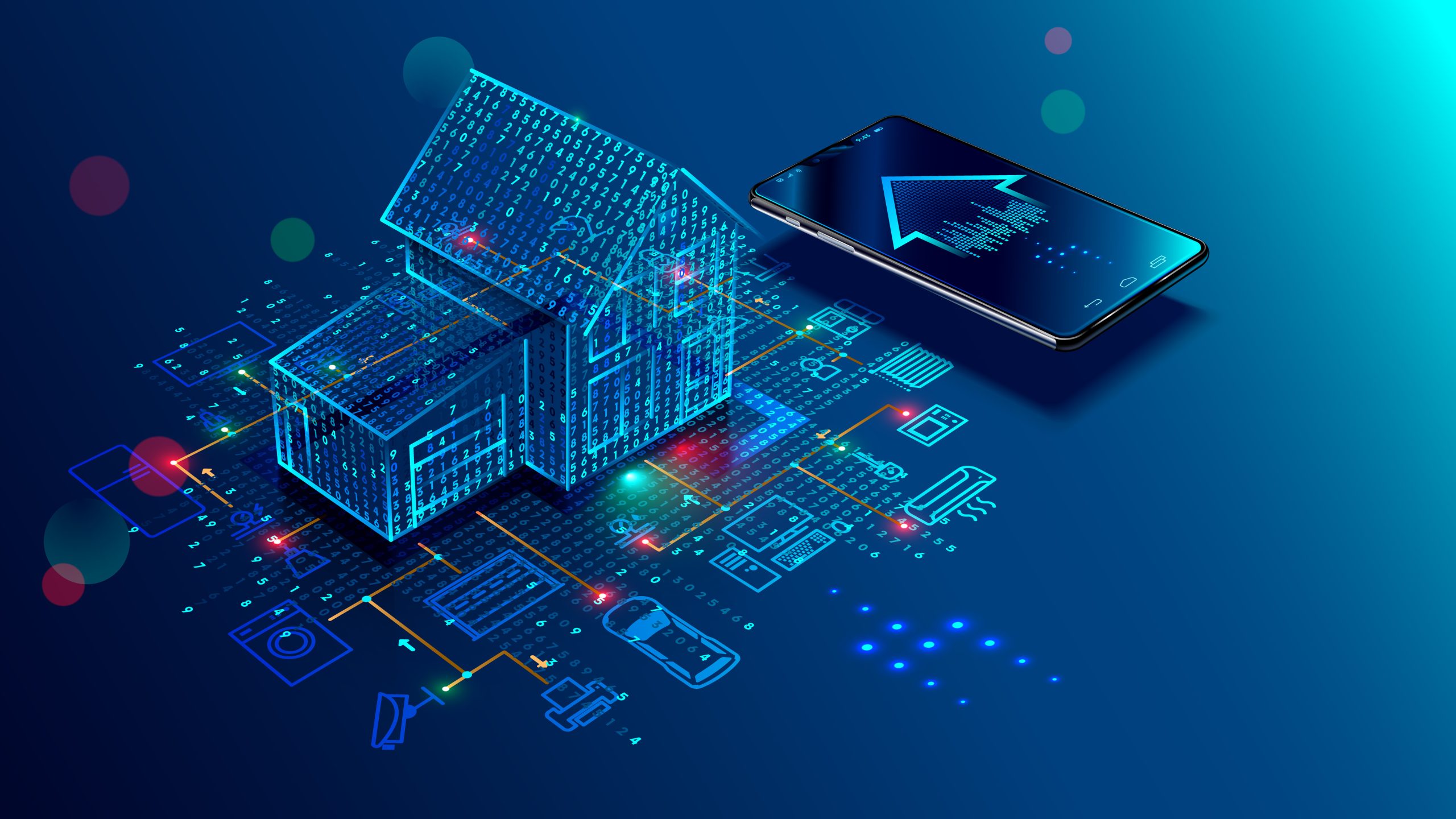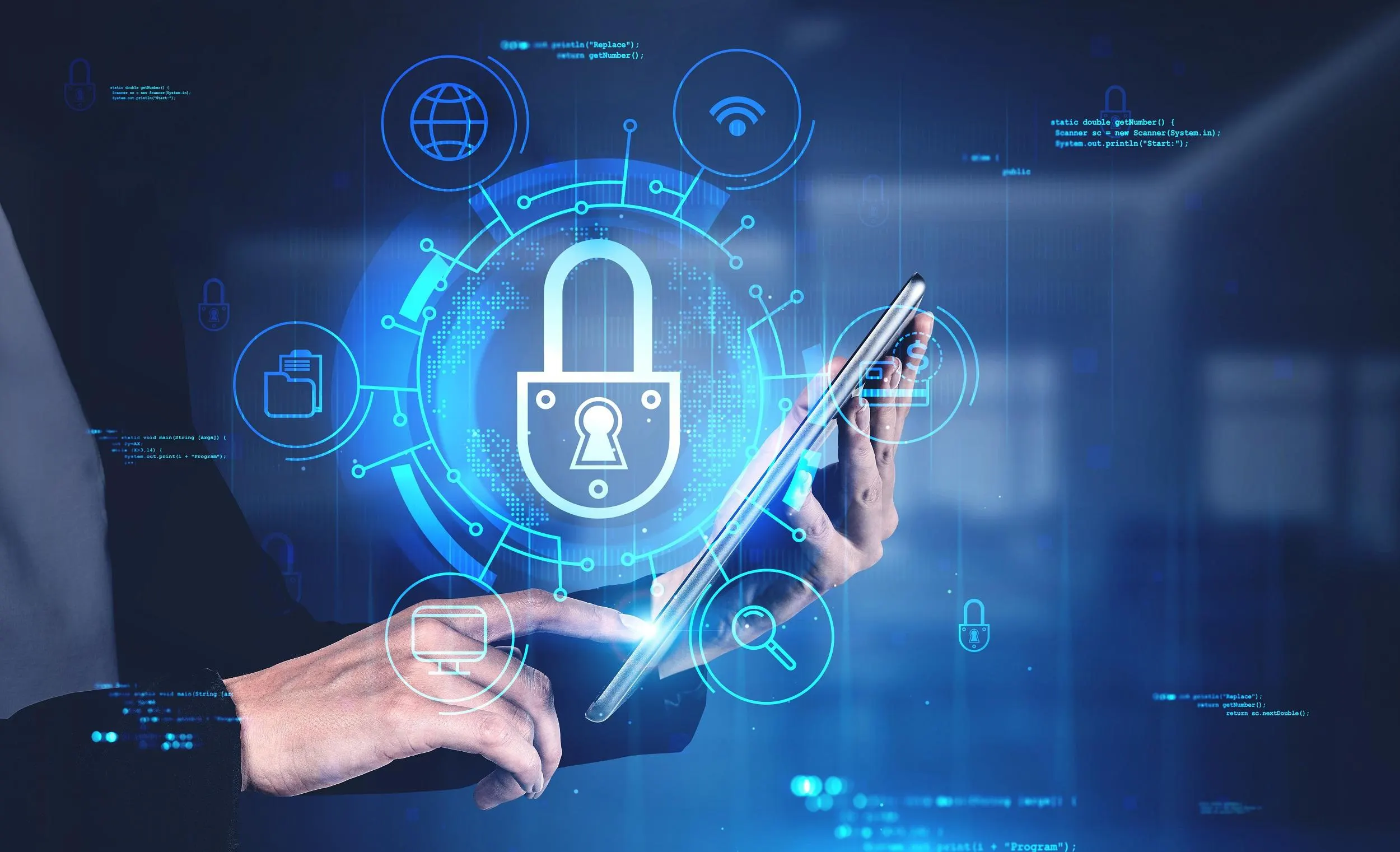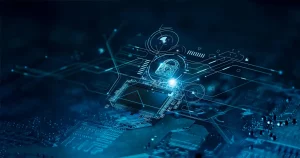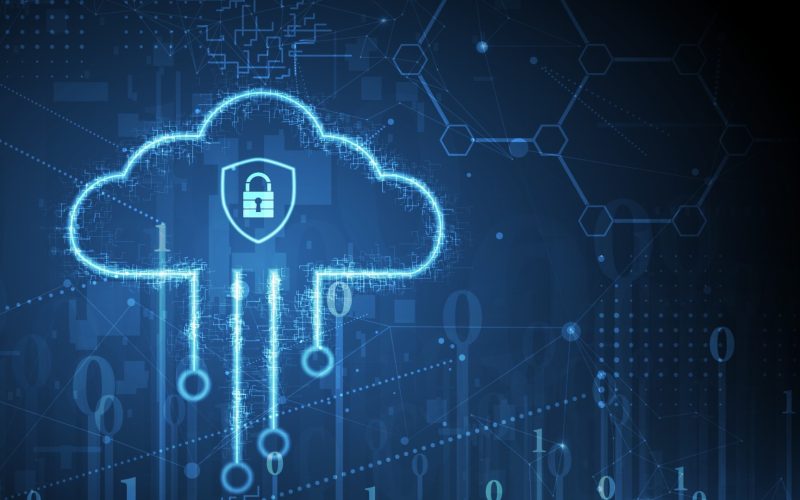The Evolving Landscape of Cybersecurity: Safeguarding the Digital Future
In today’s hyper-connected world, cybersecurity has become one of the most critical components of any business, government, or individual’s digital strategy. With the increasing integration of technology in every facet of life—from smart homes to cloud-based enterprises—the protection of data, systems, and infrastructure is more crucial than ever. As cyber threats grow more sophisticated, so must our approaches to defending against them.
Cybersecurity is no longer just an IT concern; it is a central element of organizational risk management. The rise of advanced persistent threats (APTs), ransomware attacks, and breaches targeting both private and public sectors highlights the need for a multi-layered and proactive security strategy. In this article, we will delve into the latest trends, emerging threats, and innovative solutions in the cybersecurity landscape, providing insights and case studies to illustrate how businesses and individuals are adapting to these challenges.
Emerging Cyber Threats

Cybercriminals are constantly evolving their tactics, leveraging cutting-edge technologies like Artificial Intelligence (AI) to enhance the speed and precision of their attacks. Here are some of the key emerging threats that organizations face today:
AI-Powered Attacks
AI and machine learning (ML) are transforming both offensive and defensive strategies in cybersecurity. Cybercriminals use AI to automate attacks, enabling them to launch large-scale, sophisticated phishing scams and malware attacks. By analyzing vast amounts of data, attackers can craft highly targeted campaigns, making it harder for traditional defense mechanisms to identify and mitigate threats.
For example, in 2023, researchers discovered AI-driven phishing attacks where the attackers used language models similar to GPT to create personalized, realistic emails that could deceive even trained security personnel.
Ransomware Evolution
Ransomware has evolved from simple encryption attacks to more complex schemes that steal sensitive data before encrypting it. Modern ransomware groups often exfiltrate data and threaten to release it unless the victim pays a ransom, adding an extra layer of pressure. Conti and REvil are notorious ransomware groups known for their targeted attacks on large organizations.
One notable case is the 2017 WannaCry ransomware attack, which affected hundreds of thousands of systems across the world, including critical services like the UK’s National Health Service (NHS). The attack demonstrated the devastating consequences of cyberattacks on critical infrastructure.
IoT Vulnerabilities

The Internet of Things (IoT) continues to expand, with billions of devices now connected to the internet. However, many of these devices are poorly secured, providing an attractive target for hackers. From smart home appliances to industrial control systems, the IoT opens up numerous entry points for cyberattacks.
A prominent example is the 2016 Mirai Botnet attack, where IoT devices were hijacked to launch a massive Distributed Denial of Service (DDoS) attack that took down major websites like Twitter, Reddit, and Netflix. As IoT devices proliferate, ensuring their security will become an even greater challenge.
Supply Chain Attacks
Supply chain attacks involve compromising a vendor or third-party service provider to gain access to their clients’ networks. These attacks have increased dramatically, as evidenced by the SolarWinds hack in 2020, where Russian-linked hackers infiltrated the software company’s update system and used it as a launchpad to access the networks of over 18,000 organizations, including U.S. government agencies.
These attacks highlight the vulnerabilities in the global supply chain and emphasize the need for a robust cybersecurity strategy that accounts for third-party risks.
The Rise of Zero Trust Security
The traditional model of securing networks—trusting internal users and devices by default—has proven inadequate in the face of modern cyber threats. This has led to the rise of the Zero Trust security model, which assumes that no one, whether inside or outside the network, should be trusted by default. Every access request must be verified, regardless of its origin.
How Zero Trust Works
Zero Trust architecture focuses on continuous authentication, segmentation of networks, and the least privilege access principle. Key components of Zero Trust include Multi-Factor Authentication (MFA), Identity and Access Management (IAM), and Micro-Segmentation.
Benefits of Zero Trust
- Increased Security: By assuming every user and device could be compromised, Zero Trust minimizes the potential attack surface and reduces the chances of a breach.
- Reduced Insider Threats: Zero Trust limits access to only what is necessary for the user to perform their job, reducing the risk of malicious activity from inside the organization.
Real-World Example
A large enterprise that transitioned to Zero Trust architecture was Google. The company implemented a model called BeyondCorp, which enables employees to access internal applications from any device, anywhere, without relying on a traditional VPN. This approach significantly enhanced security while allowing greater flexibility for its remote workforce.
Cybersecurity and Privacy Regulations

As cyberattacks grow in scale and sophistication, governments around the world are enacting stricter data protection regulations to ensure the privacy of individuals and the security of organizations. Key regulations include:
- General Data Protection Regulation (GDPR): The EU’s GDPR, implemented in 2018, is one of the most comprehensive data privacy laws globally. It gives individuals greater control over their personal data and imposes heavy fines on organizations that fail to protect it.
- California Consumer Privacy Act (CCPA): This regulation, effective since 2020, grants California residents the right to know what personal data is being collected, to request its deletion, and to opt-out of data sales.
- China’s Personal Information Protection Law (PIPL): PIPL is China’s answer to GDPR, aiming to protect personal data of Chinese citizens and regulate its use by companies both inside and outside China.
Benefits of Compliance
Compliance with these regulations not only ensures legal protection but also enhances consumer trust. For example, Apple’s commitment to data privacy and transparency has positioned it as a leader in consumer privacy, which has been a significant selling point for the company.
Cloud Security
With more businesses migrating their operations to the cloud, securing cloud infrastructure has become paramount. Cloud platforms like Amazon Web Services (AWS), Microsoft Azure, and Google Cloud are frequently targeted by cybercriminals looking to exploit misconfigurations or vulnerabilities in cloud-native applications.
Challenges in Cloud Security
- Misconfigured Settings: Incorrectly configured security settings in cloud environments can lead to data breaches. For instance, open S3 buckets (an Amazon Web Services storage service) have been a frequent source of leaks, exposing sensitive data to the public.
- Insecure APIs: APIs are integral to cloud-based services, but poorly designed or unsecured APIs can lead to data theft or unauthorized access.
Case Study: Cloud-Native Security
Netflix, a global streaming giant, has implemented cloud-native security practices to ensure the security of its platform. By leveraging automated security tools, continuous monitoring, and robust encryption practices, Netflix has minimized the risk of data breaches in its cloud infrastructure.
Cybersecurity Workforce Shortage

One of the biggest challenges facing the cybersecurity industry is the global talent shortage. According to (ISC)², the cybersecurity workforce gap exceeds 3 million, meaning there are not enough trained professionals to meet the growing demand for cybersecurity expertise.
Impact of the Shortage
This shortage results in increased stress on existing teams, slower response times to threats, and gaps in security coverage. It also leaves organizations more vulnerable to cyberattacks due to the lack of adequate security expertise.
Addressing the Gap
Organizations are investing in cybersecurity education and training programs to address the skills gap. Cybersecurity certifications like CISSP, CompTIA Security+, and Certified Ethical Hacker (CEH) are in high demand and help professionals develop the skills needed to secure systems and networks.
Cybersecurity in the Hybrid Work Era
The shift to hybrid and remote work has introduced new complexities in cybersecurity. With employees accessing corporate networks from various devices and locations, securing these endpoints has become a top priority.
Remote Work Security Solutions
- Endpoint Detection and Response (EDR) tools monitor and respond to threats on endpoints, such as laptops and smartphones.
- Secure Access Service Edge (SASE) solutions provide secure remote access to corporate resources, regardless of location.
Case Study: Securing Remote Work
Twitter, like many other organizations, had to rapidly scale its remote work infrastructure in response to the COVID-19 pandemic. By adopting a Zero Trust model and investing in cloud-based security solutions, Twitter successfully enabled secure remote work for its global workforce.
Cybersecurity Threat Intelligence and Automation
Threat intelligence and automation are becoming increasingly important in the fight against cybercrime. By leveraging AI and machine learning, organizations can detect potential threats more quickly and respond faster.
Automated Threat Response
Automating threat detection and response allows security teams to focus on more complex issues while ensuring that routine threats are handled automatically. Tools like Security Information and Event Management (SIEM) systems collect and analyze data from across an organization’s infrastructure to detect anomalies and respond to incidents.
Cybersecurity Insurance
Cybersecurity insurance is gaining traction as an essential risk management tool for businesses. Policies can help cover the costs of a breach, including legal fees, data recovery, and public relations efforts.
Real-World Example: Cyber Insurance
In 2021, CNA Financial, a major insurance provider, fell victim to a ransomware attack. The company turned to its cyber insurance policy to help cover the costs associated with the breach, including ransom payments and system restoration.
Quantum Computing and Cybersecurity

Quantum computing poses a significant threat to traditional cryptographic methods. Quantum computers could potentially break widely used encryption algorithms, such as RSA and ECC, rendering them obsolete.
Quantum-Resistant Cryptography
To address this, cybersecurity experts are developing quantum-resistant encryption algorithms that can withstand attacks from quantum computers. The National Institute of Standards and Technology (NIST) is currently leading the effort to standardize quantum-resistant cryptography techniques.
Cybersecurity in Critical Infrastructure
The protection of critical infrastructure, such as power grids, water systems, and healthcare facilities, is essential to national security. Cyberattacks on critical infrastructure can cause widespread disruption and endanger public safety.
Government Efforts
In the U.S., the Cybersecurity and Infrastructure Security Agency (CISA) plays a key role in protecting critical infrastructure from cyber threats. For example, CISA’s collaboration with private industry has helped to secure the nation’s energy grid against cyberattacks.
Key Trends and Technologies in Cybersecurity
As cyber threats continue to evolve, so do the technologies designed to protect against them. Some of the latest trends include:
- AI and Machine Learning: Automating threat detection and response.
- Blockchain: Enhancing security through decentralized networks.
- Threat Intelligence Sharing: Collaborative defense through shared intelligence.
Conclusion
Cybersecurity is a continuously evolving field, with new challenges and threats emerging every day. As the digital world expands, the need for robust, innovative cybersecurity strategies becomes more pressing. Organizations must stay ahead of emerging threats and adapt their security measures to protect against cybercrime. Whether through adopting Zero Trust, investing in cloud security, or leveraging cyber insurance, businesses must make cybersecurity a central component of their strategy.
The future of cybersecurity lies in proactive defense, continuous innovation, and collaboration across industries. Investing in cybersecurity today ensures a safer, more secure tomorrow.










